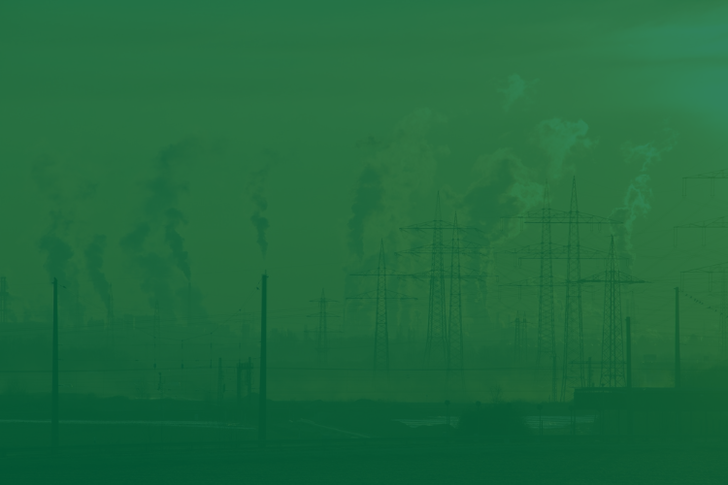"Air pollution is a major global issue with serious health consequences. With rising levels of air pollution, a lingering pandemic, and increased awareness of indoor air quality, the function of High-Efficiency Particulate Air (HEPA) filtration is becoming increasingly important," Camfil Sacramento School Air Filter Experts wrote in a recently published resource.
According to American Lung Association data from 2023, numerous U.S. cities, the majority of which are in California, have poor air quality based on ozone and particle pollution measurements. In the future, urbanization, climate change, and technological advances will impact air quality and demand for HEPA filtration systems. Addressing air pollution at its source by supporting sustainable practices and lowering greenhouse gas emissions is still essential to this debate.
HEPA filters are precisely designed to trap at least 99.97% of particles with a diameter of 0.3 microns, making them efficient against a wide range of pollutants such as dust, pollen, mold spores, pet dander, and even certain bacteria and viruses. Our understanding of air pollution is evolving, and we now realize that these chemicals are more than simply annoyances but also possible health hazards. Long-term particle pollution exposure, for example, has been associated with respiratory and cardiovascular problems.
The COVID-19 epidemic has highlighted the significance of indoor air quality. Because respiratory droplets and aerosols mostly spread the virus, HEPA filtration has been highlighted as essential for minimizing airborne transmission in indoor settings. Indeed, some research suggests that HEPA-filtered air purifiers can reduce the concentration of the virus that causes COVID-19 in the air.
Because HEPA filters cannot capture gaseous pollutants like ozone, it is also necessary to use activated carbon or other activated filter media to effectively target all types of pollution.
The American Lung Association's most recent statistics emphasize this critical concern.
As of 2023, the cities in the United States with the worse air quality are primarily in California, but numerous places in other states are also afflicted. These rankings are based on three pollution measures: ozone, short-term particle pollution, and all-year particle pollution. In some cases, cities in California, such as Fresno, Kern, Kings, Los Angeles, Madera, Riverside, San Bernardino, Stanislaus, Sutter, Tulare, and Pinal in Arizona, obtained failing marks on all three pollution categories.
Looking ahead, here are the three critical elements that are likely to influence the future of air:
1. Increased urbanization and industrialization: Air pollution levels are predicted to rise as more people migrate to cities and industrial activities expand. This will likely increase demand for effective air filtration systems, such as those with HEPA filters.
2. Climate change is projected to exacerbate air pollution problems, with rising temperatures likely increasing the development of ground-level ozone, a dangerous air pollutant. This implies that the demand for efficient air filtration will only increase.
3. Technological advancements: Future air purification technology may be more advanced and efficient. For example, we could witness the development of smart air purifiers that can monitor air quality in real-time and alter their operation as needed.
To summarize, the future of air is a significant matter that requires our immediate attention. HEPA filtration will likely remain critical in producing cleaner and healthier indoor environments. However, we must also address air pollution at its source by supporting sustainable behaviors and lowering greenhouse gas emissions. The severity of air pollution in many U.S. cities emphasizes the urgent need for effective air filtration devices and better pollution-reduction efforts.
Source: Air Pollution and the Future: The Rising Importance of HEPA Filtration
Media Contact:
Camfil Sacramento School Air Filters
Leland Thierry
916-397-0068
Release ID: 665310

